BBOT submits feedback on Climate Leadership Plan
On behalf of the Burnaby Board of Trade (BBOT), its Environmental Sustainability Committee, and its over 1,100 members, President and CEO Paul Holden submitted feedback on the development of BC’s new Climate Leadership Plan. In a letter to Environment Minister Mary Polak, Holden noted that the BBOT feels that BC deserves an aspirational and innovative Climate Leadership Plan (CLP) which will meet ambitious emission reduction goals while maintaining economy activity, fostering future growth and unlocking the potential opportunities for the transition to a lower carbon economy. The BBOT encourages the government to adopt a final CLP that commits to a diverse suite of creative solutions which together will help meet our sustainability goals. Read the letter below:
March 24, 2016
The Honourable Mary Polak, MLA
Minister of Environment
PO Box 9047 – Stn Prov Govt
Victoria, BC
V8W 9E2
Dear Minister Polak,
On behalf of the Burnaby Board of Trade (BBOT), our Environmental Sustainability Committee, and our over 1,100 members, I would like to share our thoughts on the development of BC’s new Climate Leadership Plan.
We feel that BC deserves an aspirational and innovative Climate Leadership Plan (CLP) which will meet ambitious emission reduction goals while maintaining economy activity, fostering future growth and unlocking the potential opportunities for the transition to a lower carbon economy. We encourage the government to adopt a final CLP that commits to a diverse suite of creative solutions which together will help meet our sustainability goals.
Our member-based Environmental Sustainability Committee helps the Board of Trade review environmental policy and has been instrumental in the development of this input. That group also looks forward to working with the provincial government on ways to ensure the carbon tax achieves the outcomes we all desire whilst not undermining the competitiveness of BC’s economy or unduly burdening the taxpayer. While many of the recommendations of the Climate Leadership Team revolve around changes to the carbon tax, we would like to focus instead on some other key areas of particular interest to us and our business community.
Energy & Clean Tech
Firstly, the CLP should commit BC to a future of green and clean power. The CLP should seek to support an all-of-the-above energy mix that supports the necessary enhancements to BC’s hydroelectricity infrastructure, finds a place for responsible LNG development, invests in new green energy generation from renewable sources, and empowers the local clean tech sector to deliver made-in-BC clean energy technologies to the marketplace.
British Columbia is a center of excellence for advanced energy/clean tech research and development and has more clean tech jobs per capita than anywhere else in Canada. B.C.’s expanding alternative energy sector is extremely diverse and is backed by world-class research and innovation infrastructure. This industry has the potential of generating both the green jobs necessary for our future prosperity as well as the green technology that will be required to meet our climate targets.
In support of this industry, the CLP should commit the provincial government to make strategic investments, like the recently announced BC Tech Strategy, that support the clean tech sector and assist with access to capital, the commercialization of products/services, and export development.
The provincial government, through its ministries, crown corporations, and other bodies, should also consider playing a leadership role by supporting the active demonstration of BC-built clean technologies to highlight their application and encourage their adoption and use by other governments and private sector actors.
Innovative Government Leadership
The provincial government could also display leadership on the issue of decarbonizing the supply chain. The provincial government can act as a role model for the private sector and for other governments by requiring the public sector and crown corporations to engage with their suppliers and vendors to find ways of reducing the carbon in government purchased goods and services. If government can lead by example in reducing carbon in its supply chain, it can then develop best practices which can be shared with the private sector to help encourage the business community to take similar action and can serve as a real catalyst for private sector innovations and action.
That said, the BBOT would strongly encourage any strategy that prioritizes environmental sustainability in government purchasing be coupled with an equally ambitious strategy to help local small and medium sized enterprises (SMEs) to participate in the process and find ways to increase sustainability in their operations and to quantify steps already taken. SMEs represent over 90% of the provincial business community and policies to increase sustainability should be crafted as to empower them to participate in sustainable purchasing and not shut them out of government procurement in favour of larger firms that are often more capable of communicating sustainability measures taken and achieving green accreditations and certifications.
If the provincial government can accomplish both of these goals it can build real opportunities for local SMEs whilst facilitating meaningful sustainability improvements in thousands of SMEs across the province.
Buildings & Transportation
To accomplish recommendation #20 of the Climate Leadership Team relating to the built environment, the government should commit to consult and engage with BC’s dynamic development community to create a strategy for increasing the sustainability of the built environment and reducing waste/emissions from buildings.
The CLP should encourage the province to take advantage of the ongoing development and redevelopment boom in much of the province to embed sustainability in our skylines, offices and homes today, instead of trying to induce companies and individuals to install more costly retrofits at a later date. In addition, the CLP should identify that building codes, bylaws and zoning requirements are often obstacles to erecting green buildings, and should call on the provincial government to work with local municipalities where necessary to streamline such regulations to make sustainable buildings easier and faster to construct.
Transportation accounts for more than one-third of BC’s carbon emissions and the CLP should include tactics to reduce the environmental impact of transportation in the province. To achieve the goal of transitioning to energy efficient transportation systems, we must invest in improving and expanding public transportation options throughout the province, and especially in urban areas like the Lower Mainland. Smart improvements to transportation will also have the side benefit of aiding the economy through the more efficient movement of goods, services and people.
Following recommendations #19 and #23, the CLP should focus on developing a broad-based low carbon transportation strategy that drives down the emissions from vehicle fuels, spurs the development of alternatively powered vehicles, makes strategic road and cycling network investments to alleviate idling and congestion, and, most importantly, ensures public transportation systems have sustainable and predictable funding models and that their governance is structured in a way that allows for long-term planning and prioritization of regional public transportation services.
Creative Ideas
The CLP should be an ambitious strategy that is embraces new and creative ways of meeting our sustainability goals.
For example, the goal of reducing waste as expressed in recommendation #22 could be expanded to also focus on ways to imbed elements of the circular economy into the production and consumption cycles. This would encourage the increase the re-use of resources, limit the need for virgin materials, reduce waste generation and mitigate GHG emissions from landfills.
There are also creative ways of encouraging SMEs to play an active part in reducing emission. In our organization’s experience, SMEs are just as eager to increase their sustainability as large firms, but are more acutely impacted by limited resources and lack of expertise. To support the adoption of emissions reduction strategies across BC’s small businesses, the CLP could support creative programs that offer incentives and inducements such as tax credits, rebates or targeted funding/grants to help offset the costs to these businesses which is often the largest obstacle to action.
Empowering and Engaging The Business Community
Success in meeting our sustainability goals will hinge on the business community being a willing and enthusiastic partner in the transition to a low carbon economy. As mentioned above, we feel that many businesses are eager to increase sustainability in their operations, but are often stymied by a lack of awareness, education and support. We strongly encourage the final CLP to commit the government to a robust engagement strategy with the business community and would suggest the provincial government use the existing network of business associations such as Chambers of Commerce/Boards of Trade as a conduit for educating and galvanizing businesses on this issue. In addition, the CLP should encourage government to find ways of directly supporting these associations and organizations in their efforts as a way of ensuring the business community is an active partner in the province’s carbon reduction efforts.
On behalf of the Burnaby Board of Trade, we would like to thank you for the opportunity to provide input on the development of the province’s Climate Leadership Plan and would welcome any future chance for further consultation and discussion on the issue of sustainability.
Sincerely,
Paul Holden
President & CEO
Burnaby Board of Trade




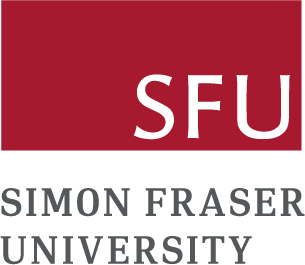
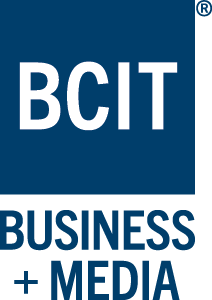






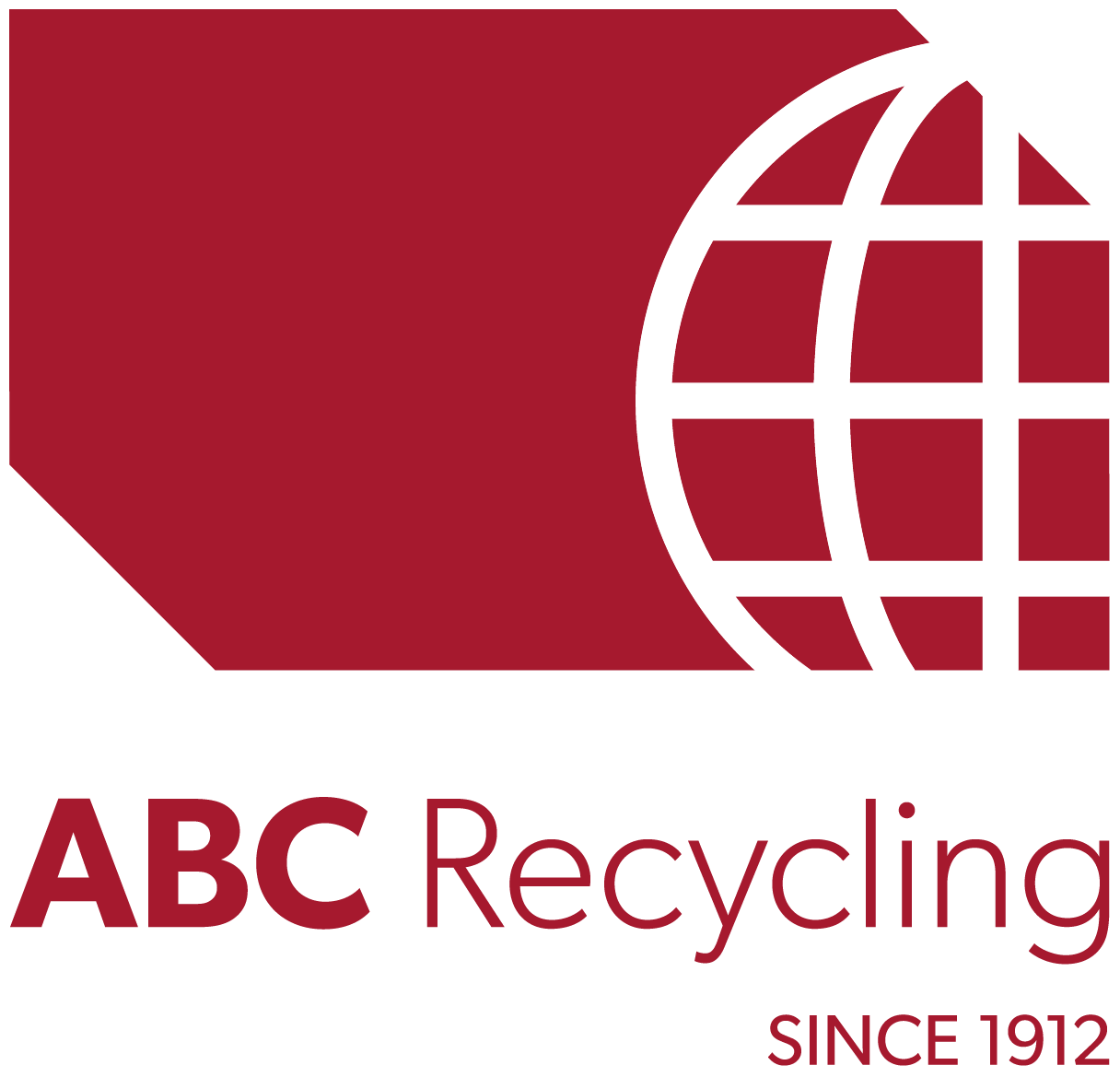
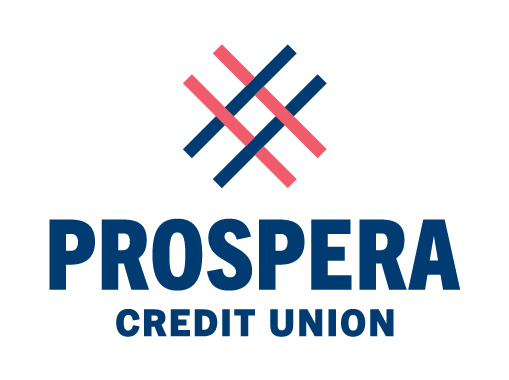
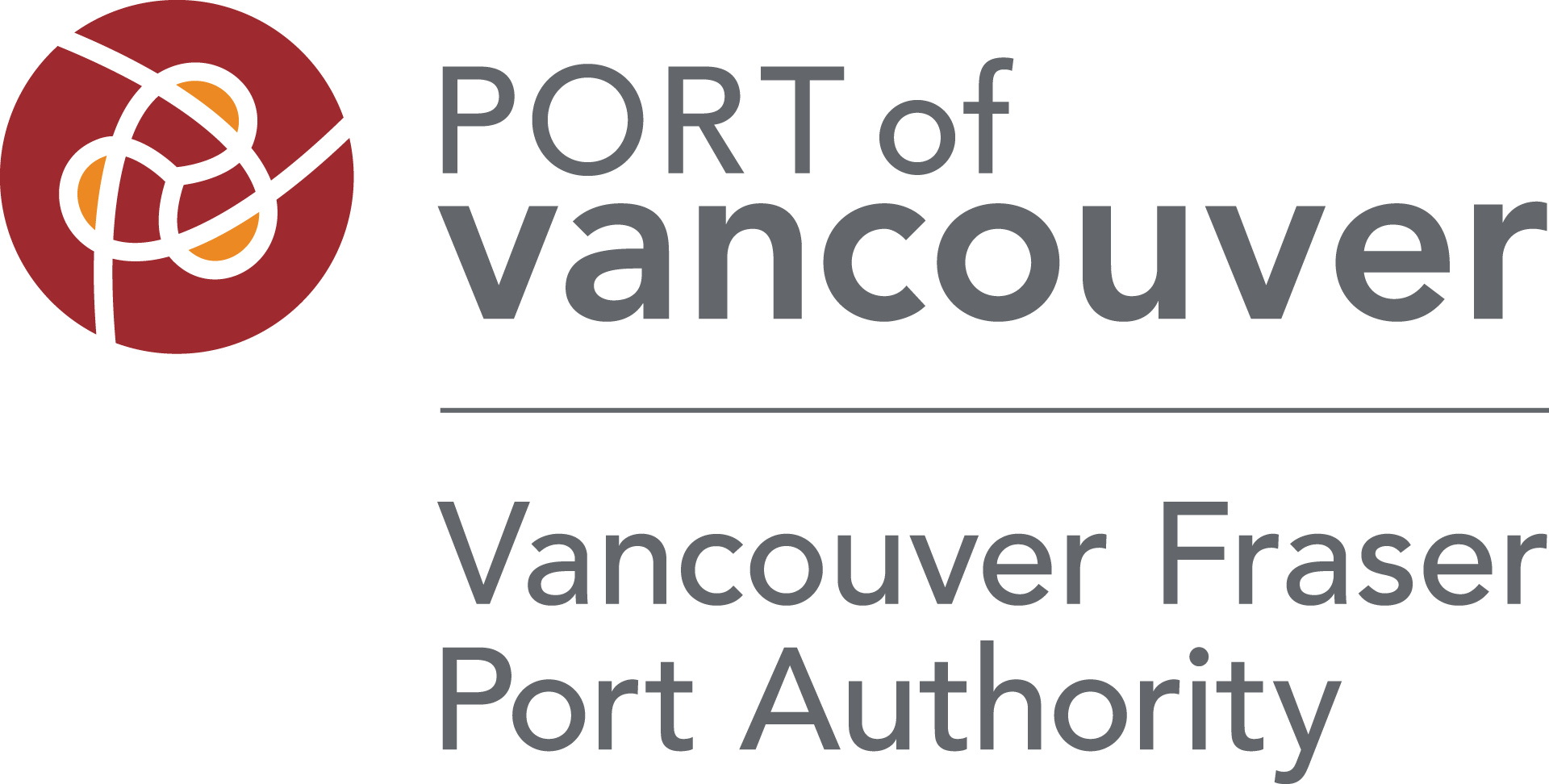

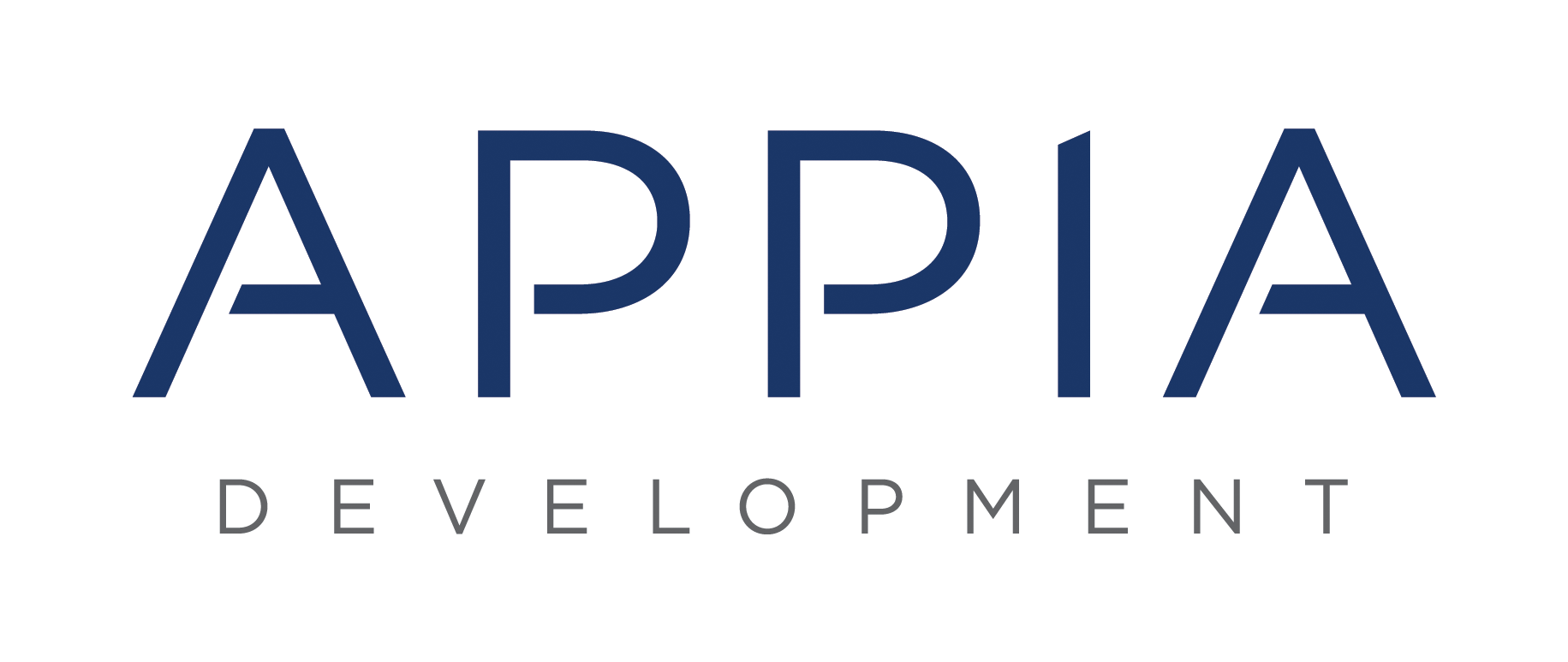
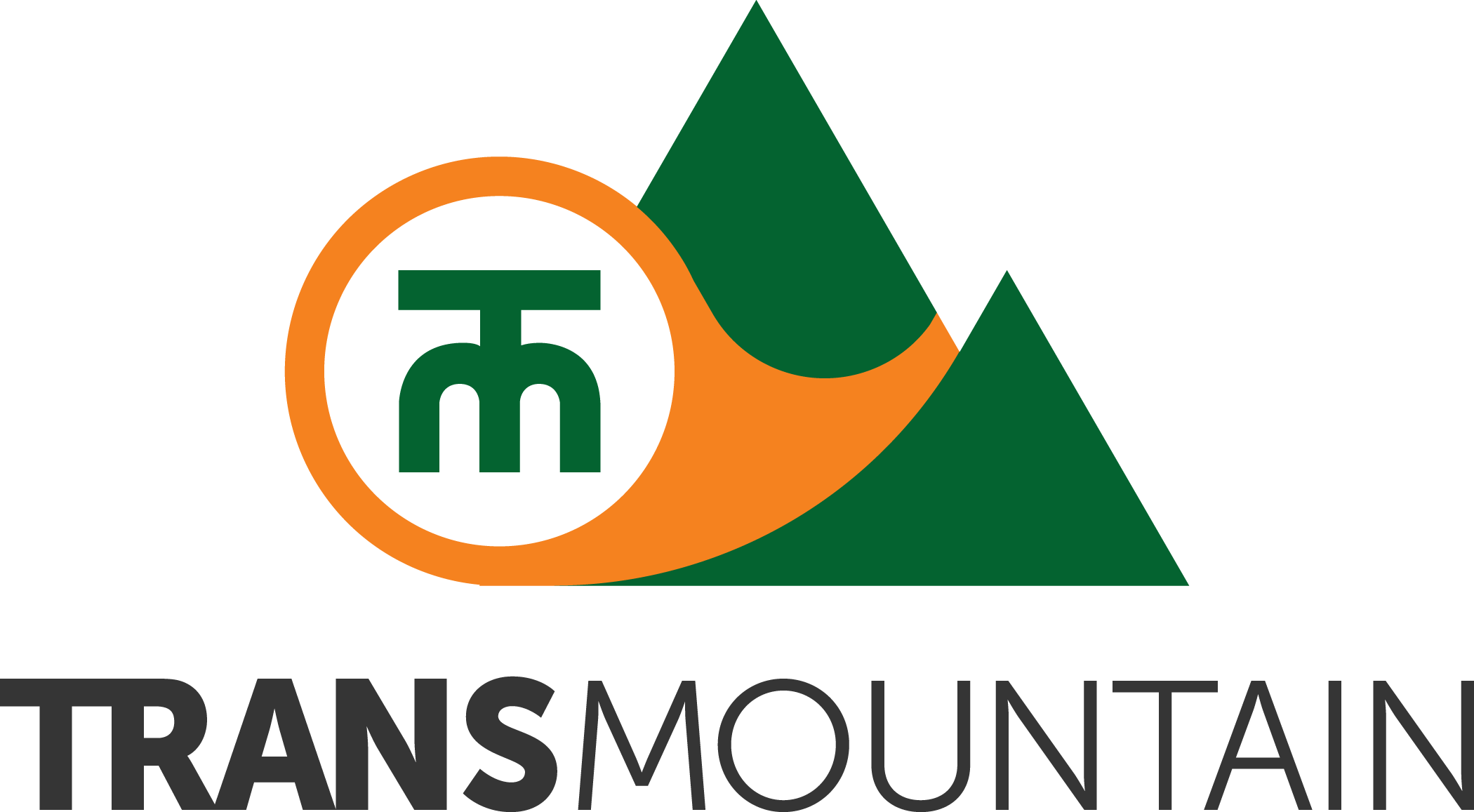



connect with us